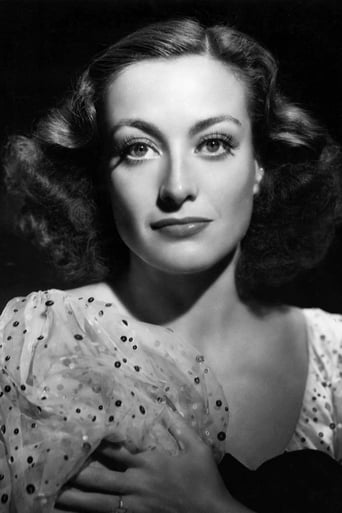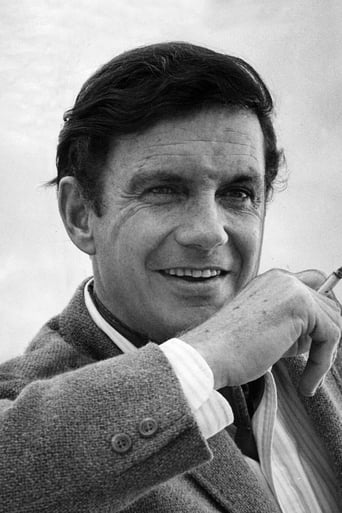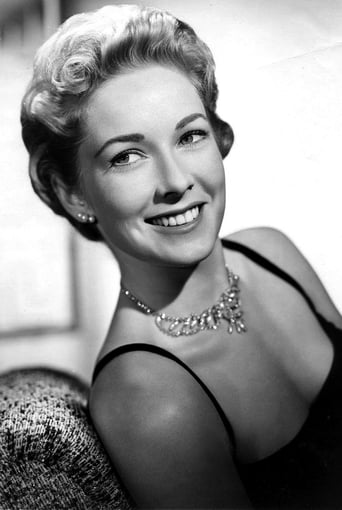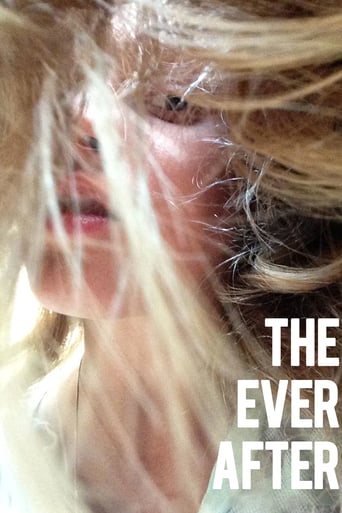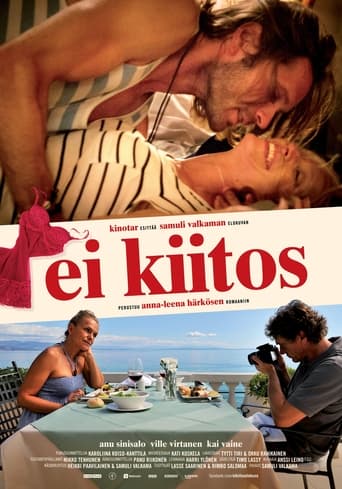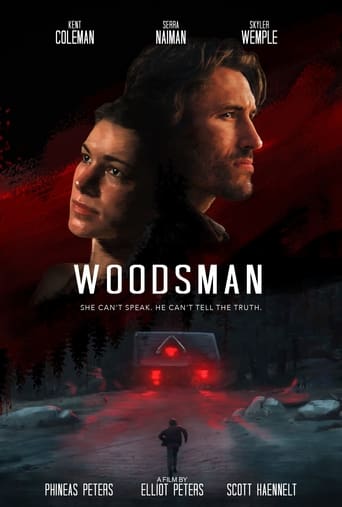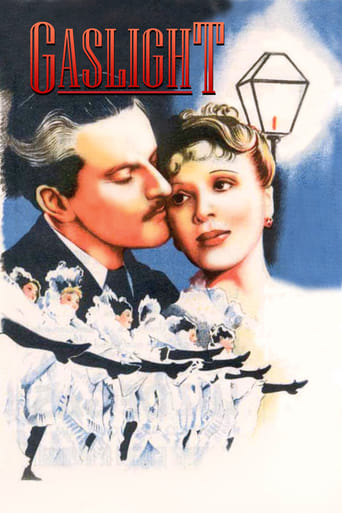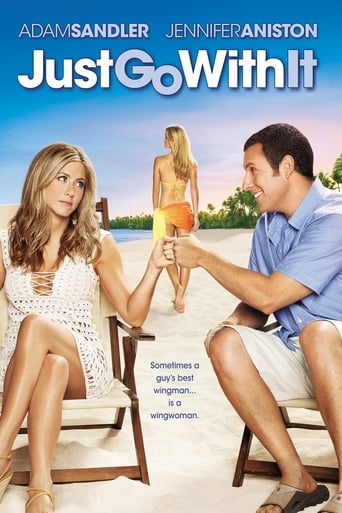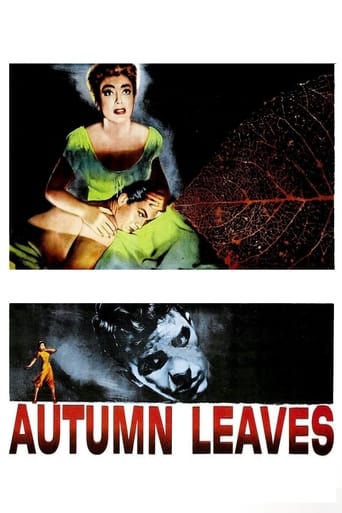

Autumn Leaves (1956)
A woman falls for a younger man with severe mental problems.
Watch Trailer
Cast


Similar titles
Reviews
That's a line that Susan Sarandon, as Bette Davis, told Joan Crawford (Jessica Lange) in the TV mini-series "Feud" where Davis has a rare compassionate moment towards her so-called rival. Indeed, in this movie, Joan is indeed, good. In fact, she's outstanding. "Feud" indicates that Joan was unhappy about the choice of Cliff Robertson for her leading man, having desperately wanted Brando. But even if she had to settle for second best, she did get the best, a future Oscar winner in his film debut giving a performance that along with Joan's makes this a magnificent film that can strike a cord in many heart's, not just the so-called female audience.Like those colorful Ross Hunter soapy melodramas of the 1950's and 60's, this starts off on a plush, audience grabbing cord: the title song dramatically sung by Nat King Cole. It is heard throughout the film, and when (in "Feud"), Joan is sent the movie soundtrack album of "Autumn Leaves" by its director, Robert Aldrich, you hope and pray that it will be heard in the background, which it is. So 6 years before Aldrich directed Crawford and Davis in "What Ever Happened to Baby Jane?", he had Crawford by herself in this psychological melodrama, a combination of soap opera and mental health expose which like "The Snake Pit" and "Three Faces of Eve" deals with the curing of a psychosis which threatens to destroy not only the character suffering from it, but the people surrounding them as well.Just past 50 when this was made, Crawford was still very attractive: handsome, if not strikingly beautiful. Yet, she was brave enough to take on a role where an admittedly older woman falls in love with a much younger man, and unlike Jane Wyman in "All That Heaven Allows", doesn't get discouraged by friends (like ultra mod landlady Ruth Donnelly) but herself must face her own insecurities (which are many) to leave her lonely life behind and try to find some happiness. But as many people find out after it's too late, her soon to be husband has secrets which he himself does not want to face, and they are pretty horrific, showing a force of evil behind him guiding his steps to do things he wouldn't have done had these evil forces not gone after him.With a striking figure in a bathing suit, Crawford really pours on the emotion as she deals, not only with the loneliness of her busy life as a free-lance typist for novelists, but the difference in her and Robertson's ages and later the mental illness he's not even aware of himself, at least on the surface. Vera Miles as an elegant ex-wife and Lorne Greene as his charming father are at the core of his problems, and yet, there's more to Robertson's issues than just a family betrayal. Donnelly steals every scene that she is in, and when she's off screen for long periods of time, you really miss her. 1956 was a big year in films, but Crawford and Robertson deliver two of that year's most magnificent performances. This is a satisfying drama in every way that even Bette Davis, had she seen it, must have left really seeing a talent in Joan that audiences for decades knew was there when given the right script but not always given the opportunity to play.
In a movie deeply flawed by excessive psychobabble, not to mention letting the evil-doers get the "last laugh," Joan Crawford is convincing playing an aging cougar. She not only evokes Mary Todd Lincoln; she dresses like the former First Lady as well, especially with her omnipresent white gloves. As Millie, Joan plays MOMMIE DEAREST to husband Burt, portrayed by pre-PT-109 youngster Cliff Robertson. That is, when Burt doesn't pull his T-Rex role reversal by smashing professional typist Millie's fingers with her bulky work tool, or blackening her eyes with his short, little atrophied punches. At one point someone on the committee of screenwriters for AUTUMN LEAVES has Pops Cartwright (Lorne Green) hatching an elaborate scheme to wrest away son Burt's birthright maternal inheritance through long-term torture by incest with Burt's wife. But excruciating bouts of Electro-Shock Therapy (shown here with loving detail) inexplicably convince Burt to sign away his financial future without a fight. This leaves Papa Hanson with BOTH Burt's high school sweetie\wife AND the late Mama Hanson's fortune. The idea that Joan Crawford could make suddenly penniless\prospect-lacking Burt forget about the charms of his Virginia (Vera Miles) is preposterous enough to prompt a barrage of wire hangers at the screen!
Getting older and lonely, Joan Crawford falls victim to the charm of Cliff Robertson in this terrific 1956 film. After their marriage, it becomes evident that the Oedipus complex is in full bloom. Robertson needed a mother-like image to try and soothe a terrible trauma he had discovered earlier.Robertson starts off talking as if he came from a chicken farm in Arkansas. Does he ever develop as the movie moves forward and gives a compelling performance as a psychotic man victimized by his father and former wife, both played well by Lorne (Bonanza) Greene and Vera Miles, respectively.With his mental illness blooming in full, there is no other alternative but to institutionalize him. Shepard Strudwick, the psychiatrist, warns Millie, yes Crawford's a Mildred again, that in being cured he may no longer psychologically need her.Truly a wonderful film with memorable performances by all. Veteran pro Ruth Donnelly, who was so funny in the films of 1930s, comes across as a sympathetic, wise landlady.
I just saw this movie on You Tube. In 13 episodes. I discovered the old movies section and I'm starting to get hooked on them. When I read so many reviews, all of them so very well written, I realized I'm not match to equal them, and besides, they said everything one could say about Joan Crawford, Cliff Robertson et al.So, besides adding my contribution of admiration for this marvelous actress, I will mention something that caught my attention in the development of the action: the fact that when he (Robertson) is interned in the psychiatric clinic and we see her (Crawford) quite worried at home, signing checks for the clinic (these treatments were not covered by any medical insurance), we wonder how could she afford this horribly expensive clinic with her TYPING!! And the same goes for those perfectly fitted outfits designed by Edith Head (One outfit PER SCENE!!) that only a millionaire could barely afford --as the custom-made bag with her initials-- plus the stiff hairstyle and expert make up job, all done by professionals... this character must have been a VERY EXPENSIVE typist in her day!!A thing that made me wonder about our modern times, where fear of the stranger and insecurity is universal, was the fact that she lived in a sort of a row house complex where anybody could go in and out on these pathways to the apartment doors like the most natural thing in the world, no chains on the front doors, no keys, no padlocks, no nothing!! Was life that calm and crime free in those days?! It's a pity that in her fifties Joan Crawford adopted those Groucho Marx eyebrows and double row of false eyelashes only on the upper eyelids, because they gave her such artificial, hard and older look (the opposite of what she was aiming for, I'm sure), and the wide mouth, a la Lucille Ball, that was so foreign to this spinster typist character, already resigned to her typewriter as her solo home companion. But these are minor details, conventions accepted at the time as something akin to an aging star. The movie is great fun and everybody is superb in her or his rôle.


